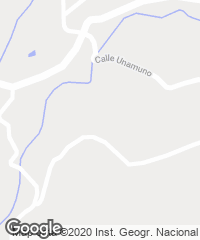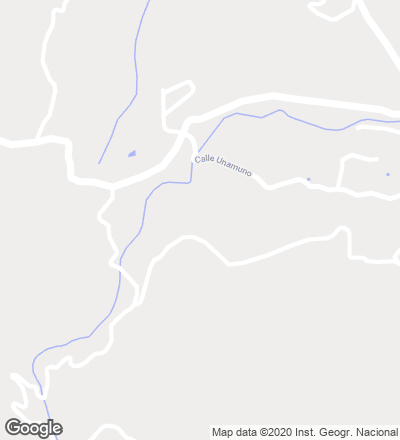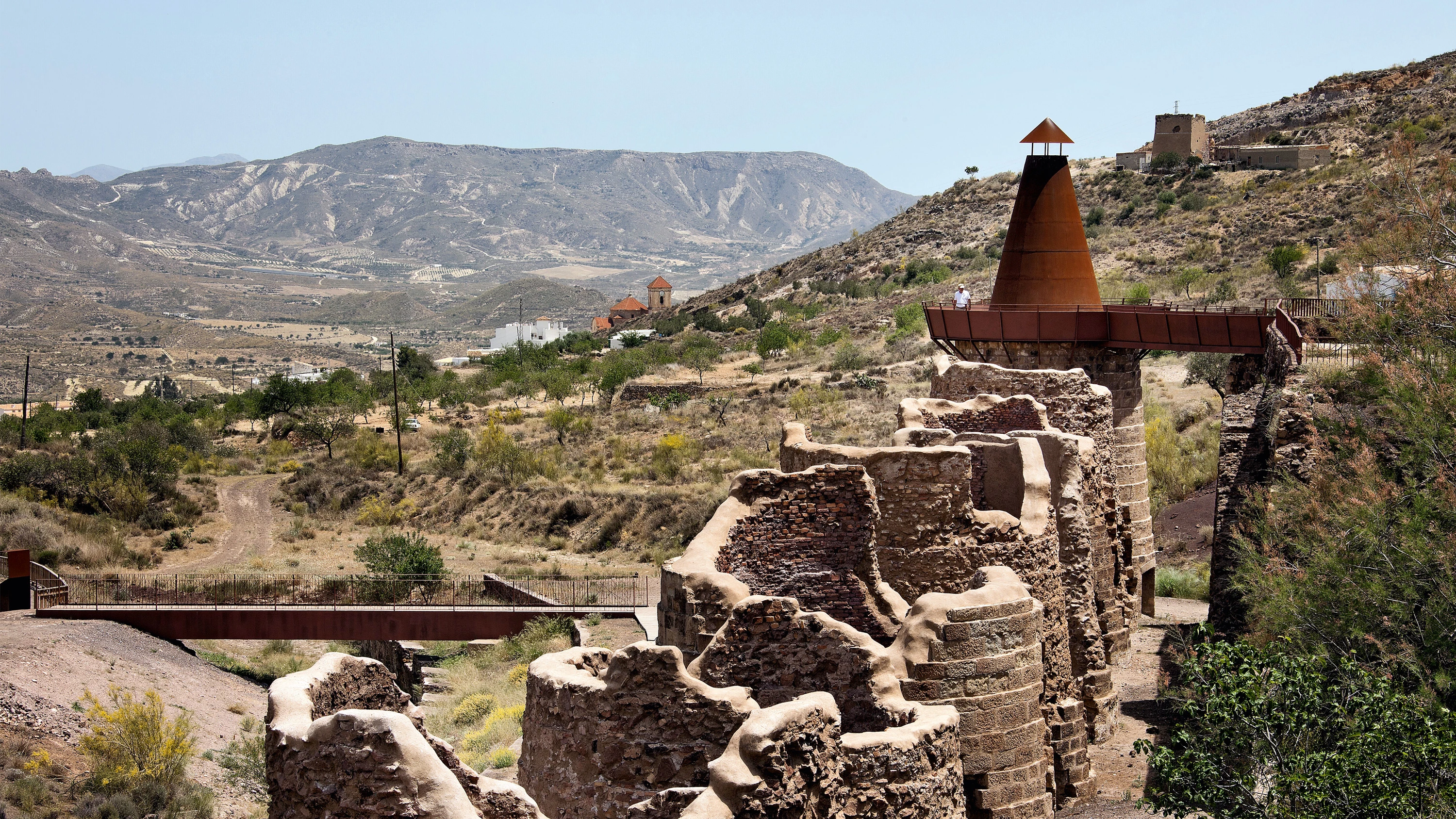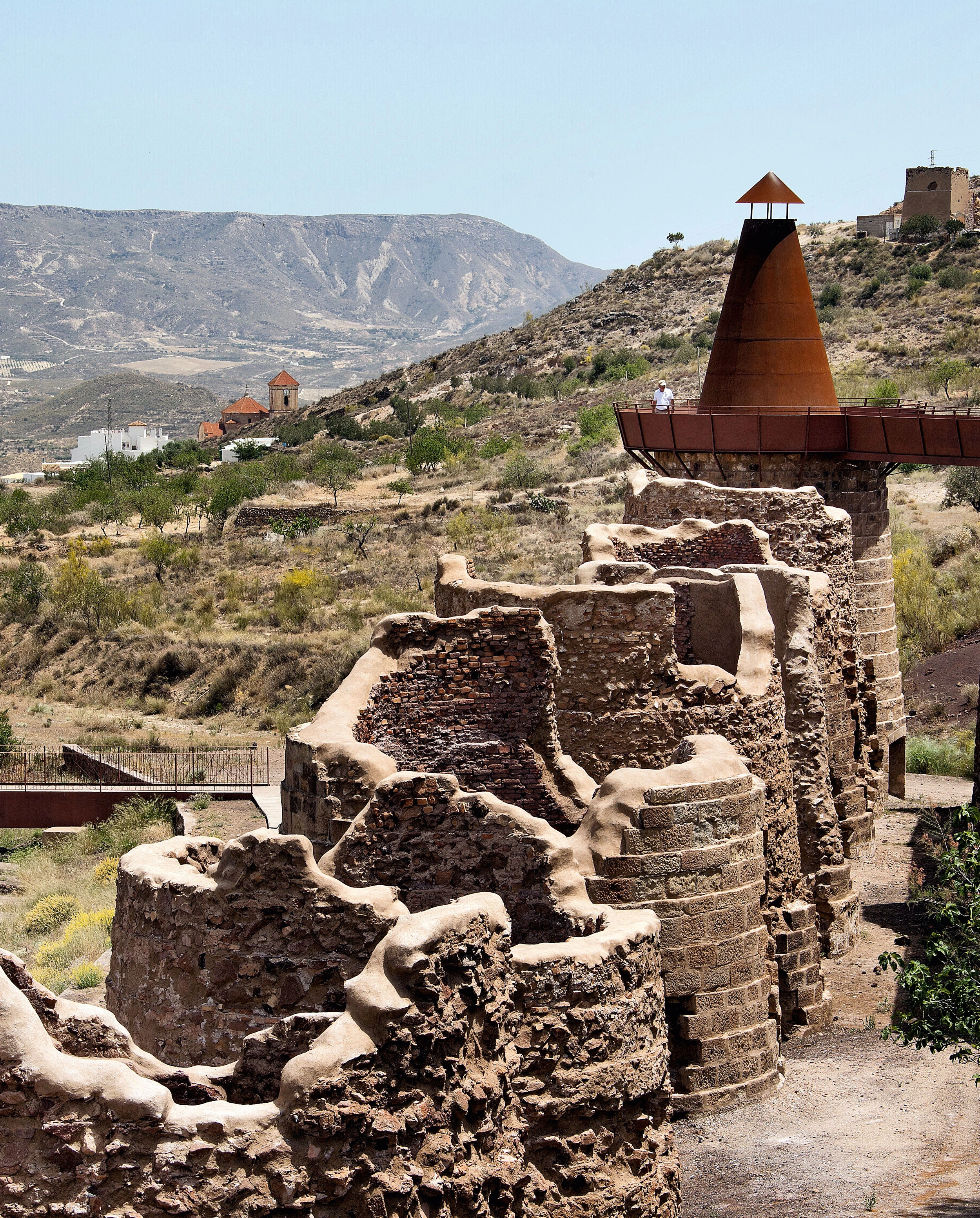Kilns, Lucainena de las Torres
Castillo-Miras arquitectos- Type Refurbishment
- Material Steel Cortén steel
- Date 2012
- City Lucainena de las Torres (Almería)
- Country Spain
- Photograph Fernando Alda


The exploitation of the iron deposits of Lucainena de las Torres, in Almería province, began late in the 19th century, and a railway reaching the bay of Agua Amarga was built to support it. Eventually the appearance of iron-poor carbonate, which required calcination to acquire the quality demanded by industry, necessitated the construction, in 1900, of these kilns. The mine and railway operated until 1942.
The furnaces were filled from above, with wagons moving on inclined planes to transport mineral from the mines. After calcination and a selection process, the material was loaded on to the wagons. This is conceived not only as a reuse or recycling, but also as a renovation project. It tries not to reconstruct an industrial installation whose exact functioning we know little about, and which is no longer economically and socially feasible, but to restore an industrial artifact and give it tertiary use as a tourist attraction: a place from which to contemplate the Tabernas desert landscape. Stripped of their productive nature, these inanimate objects return to life.
The recycling concept was pursued literally: material found in the rubble was used to rebuild the first kiln. Bricks and ashlars regained their tectonic uses, prolonging the life cycle of the buildings. For their part, the new elements are light and collapsible, ready to be disassembled and withdrawn at any time.







